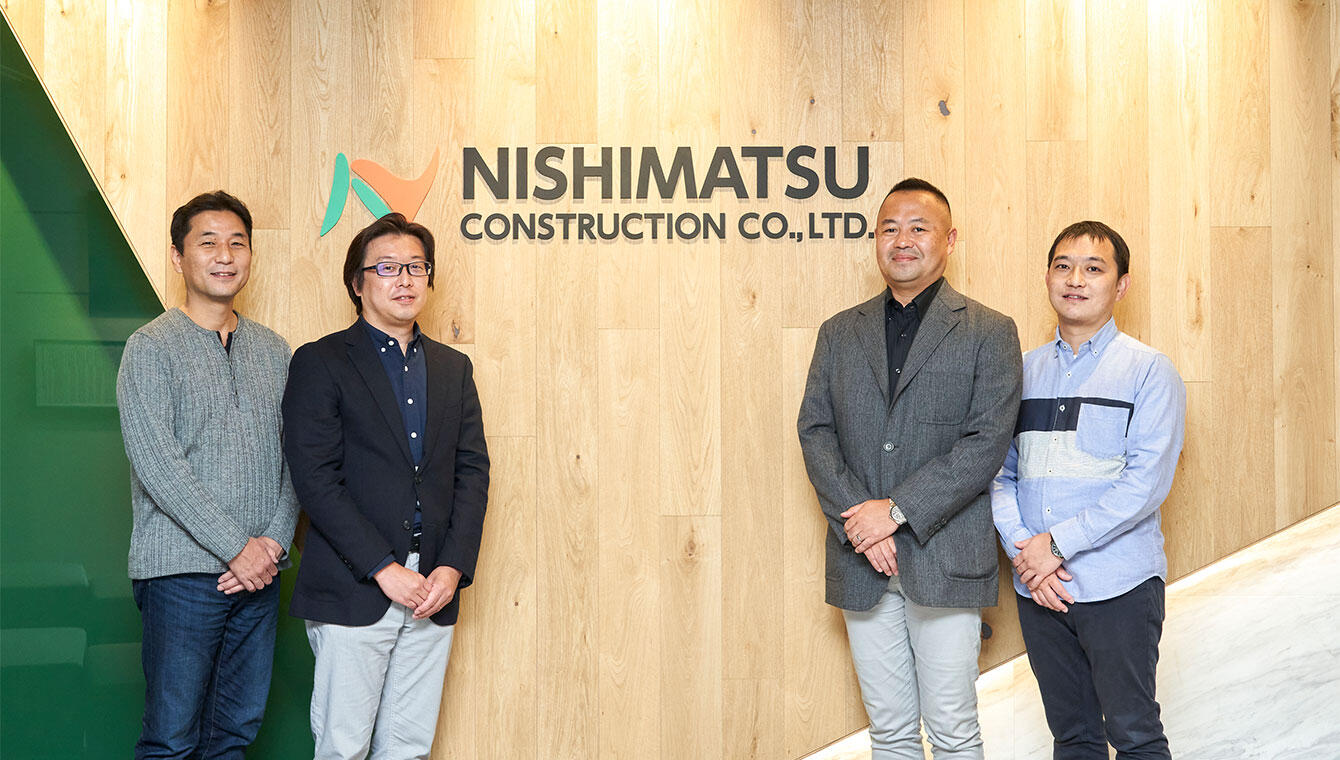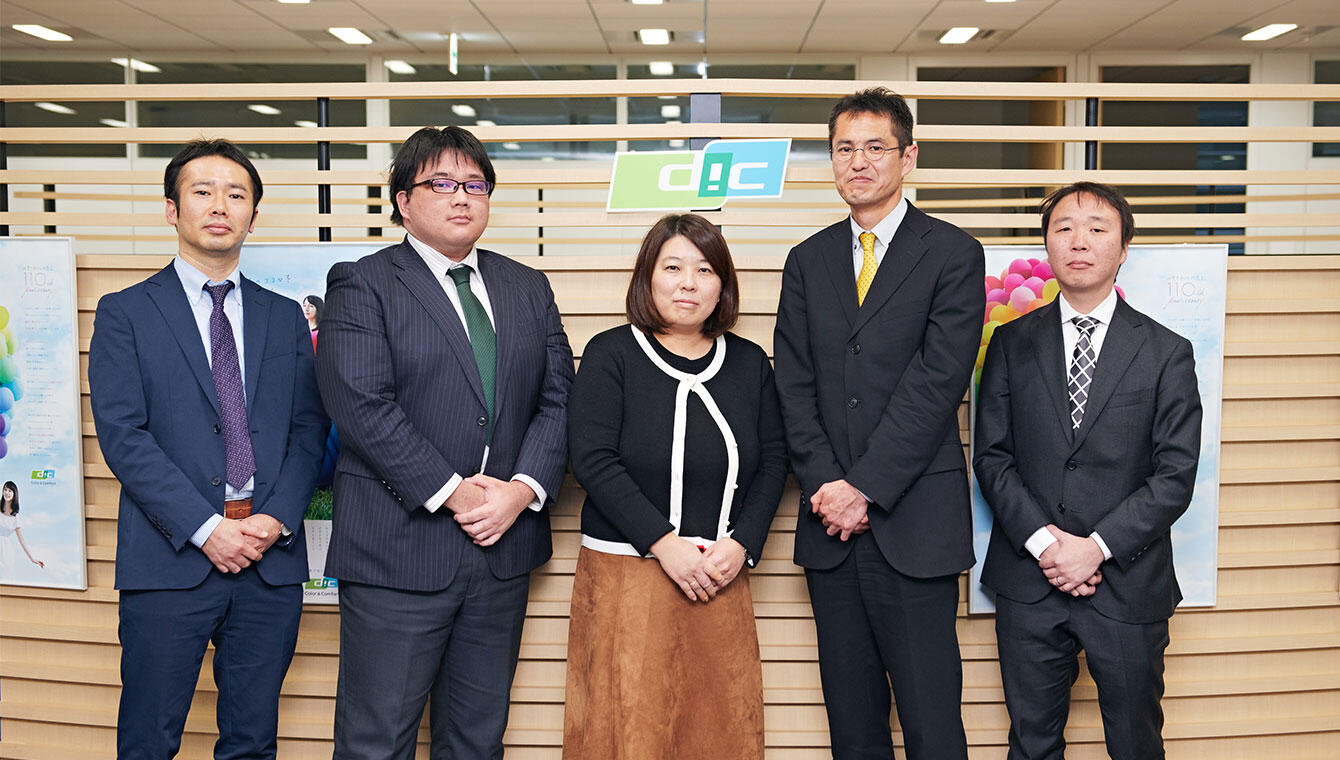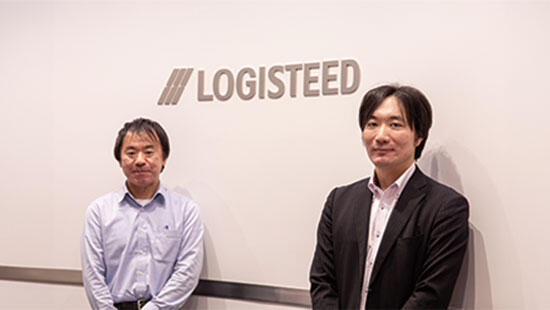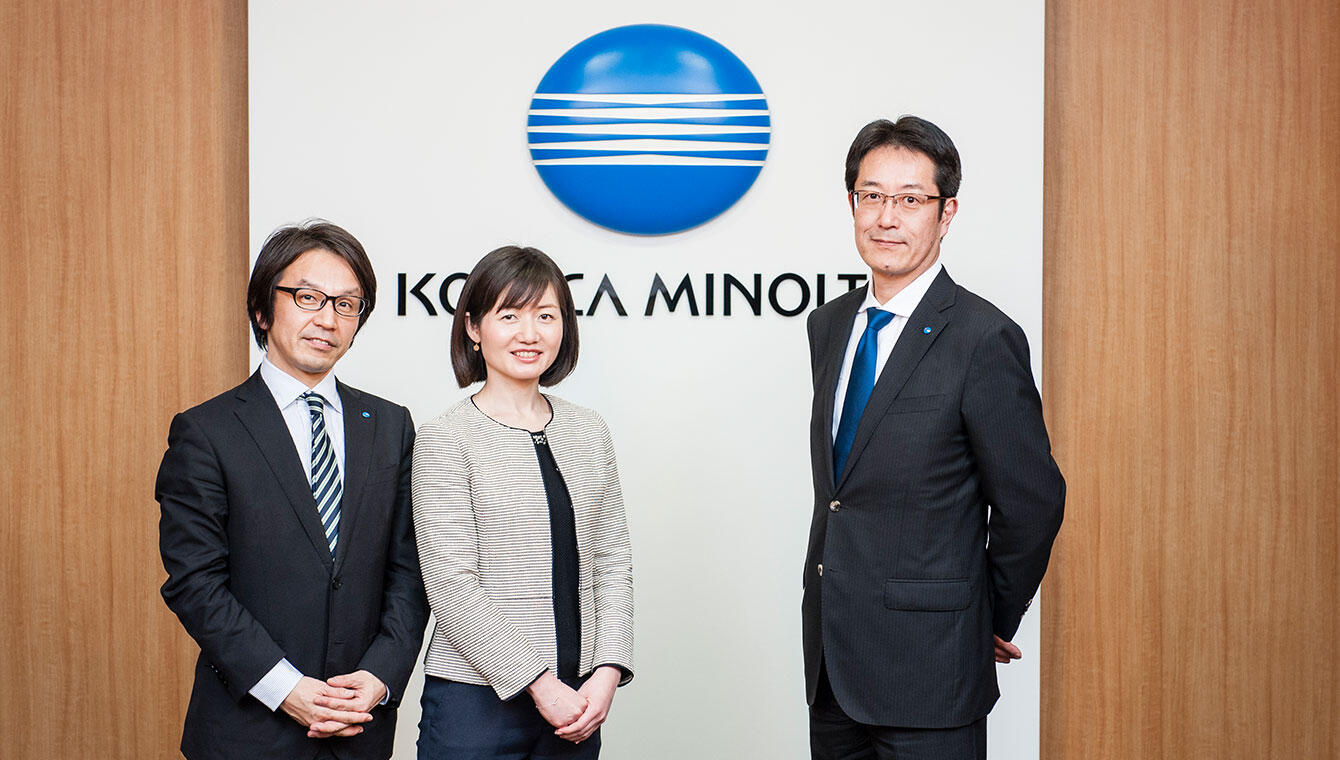Challenges
- Master data is managed separately at each country's bases, leading to data inconsistencies.
- It takes a lot of effort and time to collect and analyze data from each country’s bases.
- Difficult to respond to “one billing” requests from global customers
Implemented Products/Solutions
Building a master data management system using Informatica MDM
Project Background
Konica Minolta, Inc. operates worldwide with its mainstay products such as information equipment (office equipment) including multifunction devices/copiers and printers, printing equipment, and healthcare equipment, as well as various solution services. The company operates in 50 countries in Japan, North America, Latin America, Europe, the Middle East, and Asia-Pacific, with overseas sales accounting for about 80% of the group's total consolidated sales. (As of March 2016)
In recent years, the company has been working on various corporate reforms with the aim of establishing a strong corporate structure that can survive fierce global competition. One of the key measures is the construction of a global platform, which is an attempt to standardize IT infrastructure and business processes and establish a global management analysis platform. As part of this initiative, the company is promoting a project for global integration and management of master data.
The company has been implementing measures to standardize business applications at overseas locations using SAP ERP for some time. Although this has led to the standardization of business applications on a global level, the structure, data granularity, and operational rules of master data such as "product (material)" master and "customer" master differed from site to site. However, there was a problem of data inconsistency between locations. Furthermore, the company handles a wide variety of items, and it is not uncommon for the same customer to be managed using different codes depending on the location (or due to differences in information sources).
For this reason, when the head office collects and analyzes data from each location, it usually takes a lot of time and effort to cleanse the data. Furthermore, the "discrepancies" in master data between locations made it difficult to respond to "one billing" (global unification of billing), which is often requested by global customers.
Implementation Project Overview
A project to standardize business applications at each of the company's Asia-Pacific locations with SAP ERP got underway in 2012. Seizing this opportunity, the company embarked on a global integration of master data. Specifically, the company has started a plan to integrate master data in the Asia-Pacific region in conjunction with the implementation of SAP ERP at each of its Asia-Pacific sites, and to use this as a lever to expand the scope of integration to the entire world.
The company began by developing standard rules and processes for master data management (MDM) and incorporating them into the SAP ERP code operation management processes and structures at each of its Asia-Pacific locations.
Next, the company set out to build a " Global MDM System" that would streamline the global integration and management of master data. To this end, the company embarked on the selection of MDM software to serve as the base of the system, and as a result, it selected Informatica's MDM platform..
Reason for Solution Selection
The reasons for this selection are as follows:
- It has been introduced by many major global companies overseas
- The software focuses on data management and is highly independent from applications
- Master data can be managed in a multi-layered structure
- Flexible and scalable
- Global license agreement
When introducing Informatica MDM, the company requested support for system development, system migration, operation, etc. from B-EN-G, which has a rich track record of handling Informatica products in Japan.
The global MDM system was gradually introduced from the Asia-Pacific bases where SAP ERP migration had been completed.
In terms of construction, the project faced challenges such as the implementation of complex workflows and on-screen checks that were difficult to achieve using only the standard Informatica MDM functions, as well as communication between the headquarters and each site in terms of project management. The MDM system went live in October 2015.
Implementation Results
As of March 2016, the company listed the following as the benefits of implementing MDM.
- Visualization of master data from each country's bases and streamlining of data quality improvement and maintenance processes
- Realization and efficiency of master data operation and integrated management based on standard rules/processes
- Easier use of data across locations improves information analysis capabilities of global management
- Achieving master data management (MDM) with high application independence
The company's MDM system is currently being rolled out to new locations.
The company expects a significant return on investment from the global MDM system, as it will not only strengthen management analysis capabilities by ensuring data consistency and quality, but also ensure the system's ability to respond to changes and increase the speed at which synergies from business integration through M&A can be achieved.
Case study company introduction
| Company Name | Konica Minolta, Inc. KONICA MINOLTA, INC. |
| Establishment | December 22, 1936 |
| Head office location | Chiyoda Ward, Tokyo |
| Business Activities | Development, manufacturing and sales of multifunction copiers, printing equipment, healthcare equipment, industrial measuring equipment, industrial inkjet heads, textile printers, etc., as well as related consumables, solution services, etc. Development, manufacturing and sales of electronic materials, lighting light source panels, functional films, optical devices, etc. |
| Company website | http://www.konicaminolta.jp/ |
*Please note that organization names, positions, numerical data, etc. in the article are based on the time of the interview and may have changed by current viewing.
Related Solutions
Relevant information and case studies based on solutions presented above.
Related Case Studies

NISHIMATSU CONSTRUCTION CO.,LTD.
Data Utilization Infrastructure Development (MDM and BI Environment): Case Study for Promotion of Digital Transformation
Construction/Engineering
Data Management Platform Implementation & Utilization

DIC Corporation
Achieving Advanced Performance Management and Improved Efficiency: Case Study of Building a Consolidated Global Performance Management Infrastructure
Chemical
Data Management Platform Implementation & Utilization

LOGISTEED, Ltd.
Master Data Integration to Strengthen Group Management MDM System Construction
Logistics
Data Management Platform Implementation & Utilization

